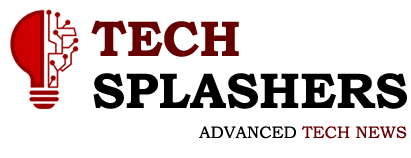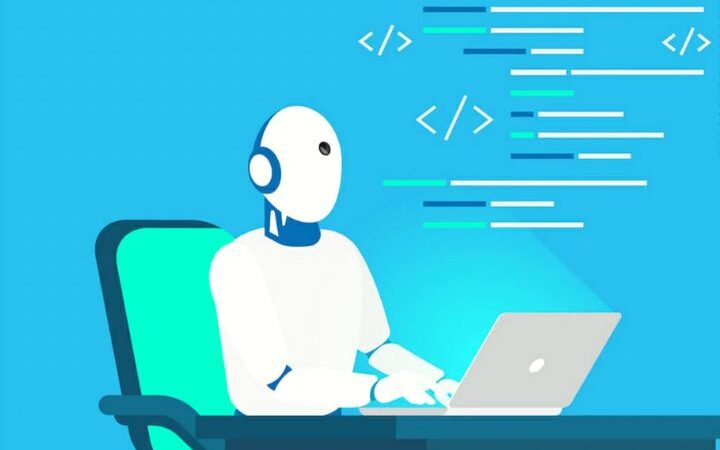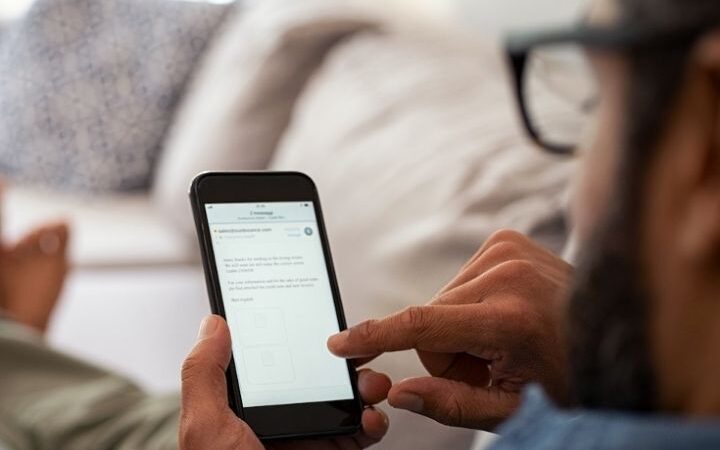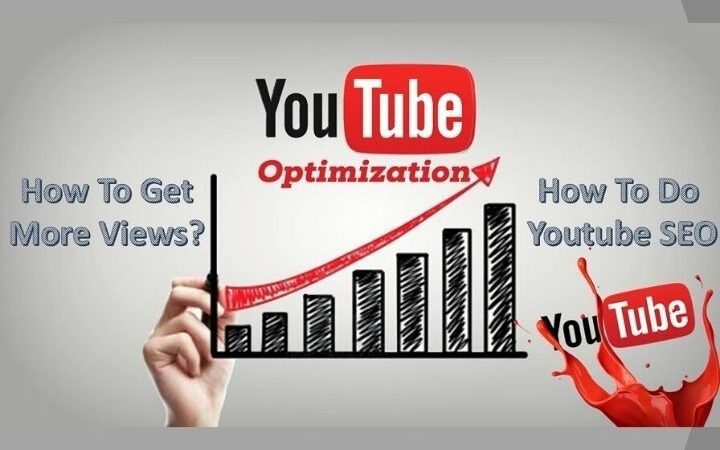3 Ways To Keep Google Ads Automation Under Control
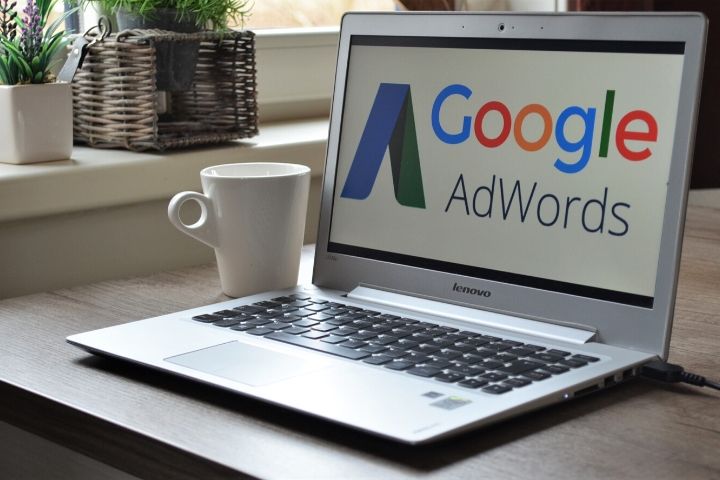
Good news for marketers: Google Ads has implemented a ton of automation tools designed to automate tasks and optimize results. But that does not mean that you can lie down (or that you will lose your job!): To achieve the best results, it is essential that machines and humans collaborate.
As much as artificial intelligence has advanced in recent times, strategy and creativity are still a matter of people. But also, SEM marketers have to know how to control the Google Ads automation so that they work in our favour. In this article, we tell you the keys to achieve it.
Table of Contents
But First… How Do PPC Automation Work?
In recent times, it appears that major PPC platforms such as Google, Bing, Amazon and Facebook are competing with each other to see who can automate more aspects of their advertising. And it is true that machines are already more efficient than humans in many tasks related to this sector. But the more elements of PPC advertising are automated, the more a human professional can contribute.
There are several things marketers can and should do to control Google Ads automation:
- Create your own automation using automation rules.
- Put limits on automation, that is, establish how far the role of machines can go and where human intervention begins.
- Periodically monitor that automation is producing the desired results.
Ultimately, what we are looking for is for artificial intelligence to take care of the most repetitive tasks, while we continue to set objectives, design strategies and correct course when necessary.
Of course, what we don’t want is that supervising machines takes more time and effort than doing that job ourselves. A possible solution to this, and that some PPC optimization platforms already allow, is “layered optimization”: designing automation as they monitor the work of Google Ads and other platforms’ automation.
The 3 Key Ways Of Marketers Against Google Ads Automation
1. Monitor The PPC Strategy Whether It Is Implemented Correctly Or Not
In this mission, we could say that marketers are like Google’s doctors and automation, like treatments. Doctors are in charge of diagnosing problems and deciding which treatment is the most appropriate at any time. In the same way, in the world of PPC, the marketer must understand what the advertiser’s objectives are and “prescribe” the automation with the greatest possibilities to achieve them.
Many times, it is not only necessary to choose one tool or another. For example, we may be interested in configuring bids automatically with the Google Ads Smart Bidding tool. But if we do not do the recommended preliminary work, we will not achieve the desired results.
Continuing with the metaphors, if what we want is for a car to drive itself, first we have to pave the roads well and optimize the signals. Likewise, Google automation needs a well-structured account, correct conversion data, and a well-designed attribution model to be able to do its job well.
Let us dwell for a moment on the issue of the attribution model.
Traditionally, PPC solutions used basic attribution models, such as the last click. That is, the entire value of the conversion is attributed to the last ad the user clicked on, ignoring all previous actions.
Now, we know that the customer journey is much more complex. People don’t do a single search, see an ad, click and convert, but typically compare different solutions and get multiple brand hits before making the final decision.
The problem is that if we still have a last-click attribution model, the automated system won’t properly assess keywords that are important in the early stages of the conversion funnel. Therefore, it will give them too low bids and that will cause us to lose potential clients.
Ultimately, a good PPC marketer has to understand how the entire path to conversion works and how to combine the different automated “treatments” to achieve the results you are looking for.
2. Monitor The PPC Automation Created By The Platforms
Once the desired tools and automation have been selected and we have done the previous work, the role of the marketer becomes rather that of a pilot. As with an aeroplane, most systems work automatically, but no one would dream of flying without a person checking that the systems are working perfectly and that we are not drifting off course.
One thing that needs to be understood about Google Ads automation is that they are very good at calculating and predicting conversions, but very bad at detecting unexpected problems and alerting the user of them.
For example, if the conversion ratio suddenly drops, the automated system will reduce costs per click to continue to reach the targets, but will not notify the advertiser of a failure or identify possible causes of the failure.
In the same way, it must be borne in mind that platforms like Google Ads are constantly evolving and introduce changes practically every month, so you should always be aware to see that these changes are working in our favour.
This is where it makes the most sense to implement layered automation, so let’s create a system that automatically alerts us when the expected results are not being achieved.
3. Teach Machines To Use Relevant Data For Our Business
Finally, there is a third role that humans must play against PPC automation: that of teachers. After all, artificial intelligence is based on machine learning … and where there is learning, there must be a teacher.
Let’s see it with a very typical example: the bids that go up or down as a function of time. If you are using Google Ads to advertise your water sports company, you will surely see how the number of conversions varies depending on the month of the year and the weather conditions of a particular week. But most likely, Google’s automation is not taking this data into account to optimize bids.
Therefore, human intervention would be necessary here to teach machines to take weather predictions into account. For example, if the weather is great and we expect the conversion ratio to double, we can manually double the cost-per-click goal to rank higher on search pages and still get the same results.
Conclusion
Google Ads automation does not make PPC marketing experts stop being necessary, but they do need to rethink their role and the use they are making of their time. Instead of spending hours trying to adjust bids, it’s time to dedicate yourself to:
- Use technology to monitor and diagnose the problems of PPC campaigns and recommend the most appropriate treatments.
- Watch for unexpected problems and opportunities to bring the campaign to fruition.
- Provide relevant information and data to machines to help them continue to learn and improve the automation available. The human being is the one who designs and understands business objectives, knows the necessary statistical modelling and teaches machines to be more effective.
